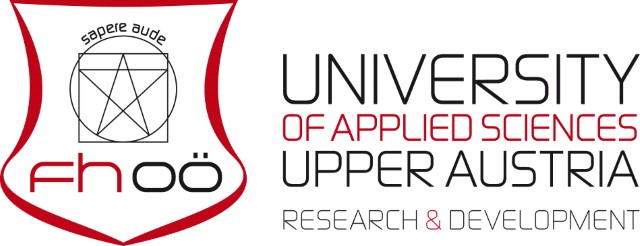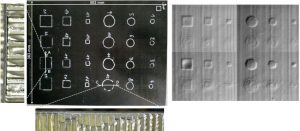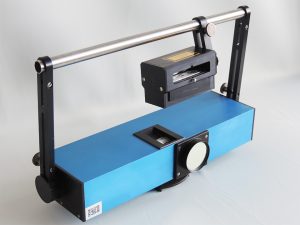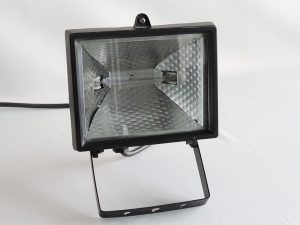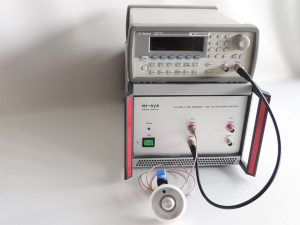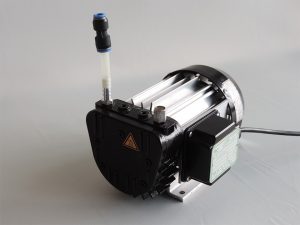Digital Shearography is a contactless, interferometric, full-field method for the measurement of excitation induced surface deformation. The specimen can be excited for example by applying heat, pressure change or vibrations. The specimen surface is illuminated with coherent laser light. A shearing device is used image the specimen surface twice with a slight offset. Thus two distinct points of the surface are images by one pixel of the CCD camera. This creates a speckle interference pattern, which is then measured while the specimen is in an unexcited state. The excitation, for example thermal by using halogen spots or flash lamps, causes deformations on the specimen surface, which leads to alteration in the pattern (e.g. changes in the phasing of two interfering light beams). By measuring this altered pattern and subtracting the origin pattern from it, the detection of even the smallest deformations is possible.
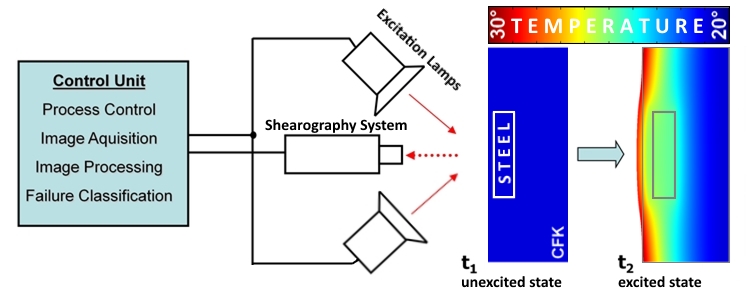
Schematic setup for digital shearography measurements with thermal excitation. The temperature change leads to different thermal expansion of the CFRP specimen and the steel insert, which can be measured on the specimen surface
